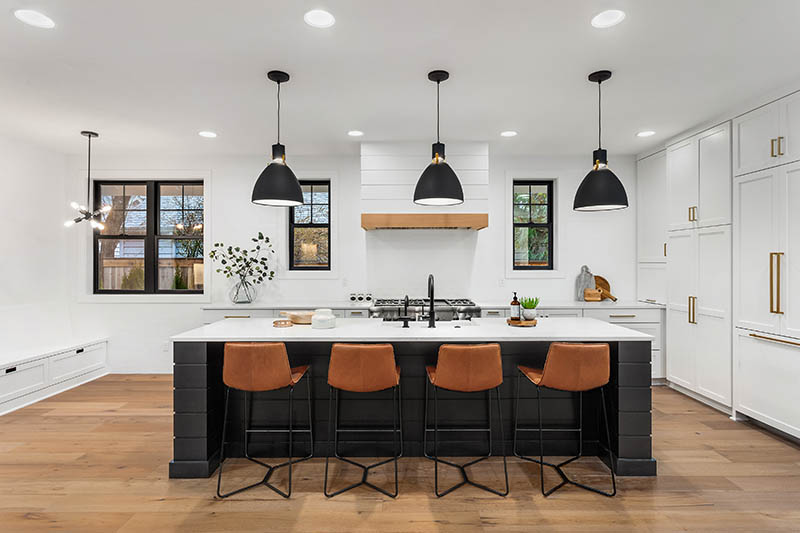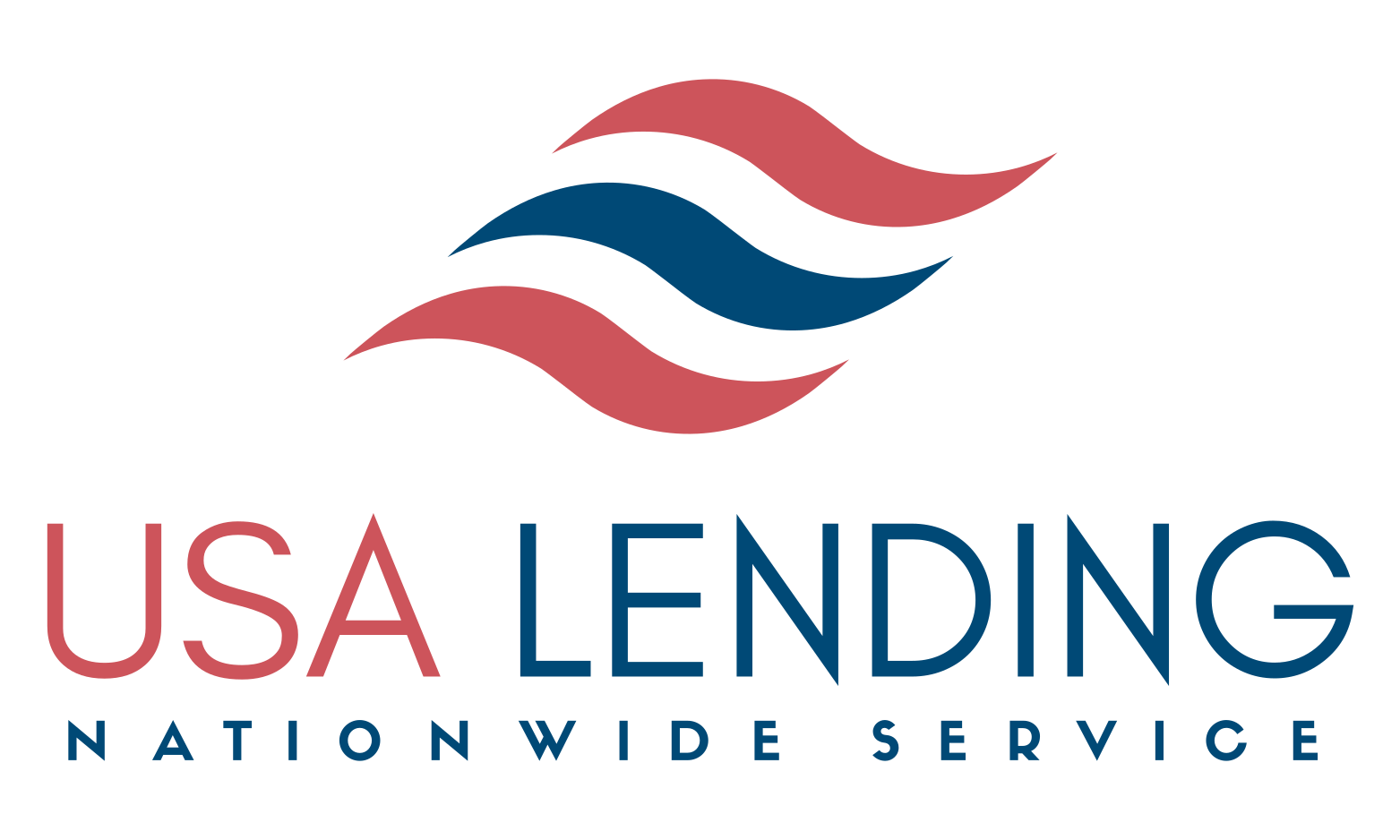
Introduction to Jumbo Loans
Jumbo loans break the ceiling of conventional mortgage limits, empowering you to purchase high-value properties that exceed the lending standards set by Fannie Mae and Freddie Mac.
The Importance of Jumbo Loans in the Housing Market
Jumbo loans are pivotal in the housing market, facilitating the acquisition of luxury homes and properties in competitive and high-cost areas. They fill a vital gap, ensuring that all segments of the market remain accessible and dynamic.
Jumbo Loans vs. Conventional Mortgages: Key Differences
Understanding the differences between jumbo vs conventional mortgages is crucial.
- Loan Limits: Jumbo financing exceeds the conforming loan limits set by Fannie Mae and Freddie Mac. It allows borrowers to finance luxury properties and high-cost homes that conventional mortgages cannot cover.
- Stricter Qualification Criteria: Jumbo loans typically require higher credit scores, lower debt-to-income ratios, and more substantial cash reserves compared to conventional mortgages.
- Larger Down Payments: While conventional loans can require as little as 3% down, jumbo loans often necessitate down payments of 10-20%, depending on the lender’s requirements and the loan amount.
- Interest Rates and Fees: Jumbo loans can have competitive interest rates for well-qualified buyers, but they may still be slightly higher than those for conventional loans. Additionally, borrowers might encounter higher closing costs and fees.
- Flexibility in Use: Unlike some conventional loans that have restrictions on the type of property you can purchase (e.g., primary residence, second home, investment property), jumbo mortgages offer more flexibility.
Eligibility and Requirements for Jumbo Loans

Down Payment: Expect to invest 10-20% of the home’s price upfront.
Debt-to-Income Ratio: Keeping this below 43% shows lenders you can manage your debt smartly.
Documentation and Cash Reserves: Be prepared with proof of income, assets, and several months’ worth of reserve funds.
The Benefits and Challenges of Jumbo Loans
Advantages of Opting for a Jumbo Loan
- Access to larger loan amounts for premium properties
- Competitive interest rates for qualified buyers
- Flexibility in property choices and locations
Potential Drawbacks to Consider
- Higher down payment requirements
- More rigorous credit and income checks
- Potentially higher interest rates compared to conventional loans
Navigating Jumbo Loan Rates and Terms
Here’s what you need to know:
Current Jumbo Mortgage Rates
The jumbo rate fluctuates based on market conditions, the borrower’s creditworthiness, and the lender’s policies. Historically, jumbo loans had higher interest rates than conventional mortgages, but the gap has narrowed in recent years. Rates can vary significantly between lenders, making it essential to shop around.
Fixed-rate vs. Adjustable-rate Jumbo Mortgages
Borrowers must choose between fixed-rate and adjustable-rate mortgage (ARM) options.
- Fixed-Rate Jumbo Loans are ideal for borrowers planning to stay in their home long-term, offering protection against rate increases in a rising-rate environment.
- Adjustable-Rate Jumbo Mortgages might suit those expecting to move or refinance before the rate adjusts, potentially benefiting from lower initial payments.
Understanding Points and Fees
Points and fees on a jumbo mortgage loan can also impact the overall cost.
- Points: Each point typically costs 1% of the loan amount and can reduce the interest rate by a fixed amount, usually around 0.25%.
- Fees: These can include origination fees, appraisal fees, title insurance, and more. Jumbo loans, due to their larger amounts and heightened appraisal requirements, might incur higher fees.
Loan Terms
Jumbo loans offer various term lengths, commonly 15, 20, and 30 years. They allow borrowers to choose the best fit for their financial situation and goals. Shorter-term loans generally offer lower interest rates but higher monthly payments, while longer-term loans spread payments out.
Applying for a Jumbo Loan: A Step-by-Step Guide
Applying for a jumbo home loan can be streamlined into five essential steps:
- Evaluate Your Finances: Check your credit score and ensure you have a solid financial foundation, including a sufficient down payment (typically 10-20%) and a low debt-to-income ratio.
- Gather Documentation: Collect necessary paperwork, such as proof of income, asset statements, and employment verification, to demonstrate your financial stability to lenders.
- Shop for Lenders: Research and compare lenders who offer jumbo loans to find the best rates and terms that suit your financial situation.
- Get Pre-Approved: Obtain pre-approval from a lender to know exactly how much you can borrow.
- Submit Application and Close: After finding your property, submit your jumbo loan application with all required documents to your chosen lender. Then, proceed to the closing process, where you’ll finalize the loan and take ownership of your new home.
Special Considerations for Jumbo Loan Borrowers
- Securing Competitive Interest Rates: Jumbo loan borrowers should aim to secure the most favorable interest rates to minimize their borrowing costs.
- Optimizing Down Payment Strategies: Borrowers should consider their down payment options carefully, balancing the immediate financial impact with long-term savings and investment growth.
- Managing Higher Qualification Standards: Borrowers need to prepare for thorough financial scrutiny, ensuring their credit score, debt-to-income ratio, and cash reserves meet or exceed the lender’s requirements.
- Exploring Refinancing Options for Future Savings: Refinancing can offer opportunities to reduce interest rates, lower monthly payments, or adjust loan terms, potentially leading to significant savings over the life of the loan.
Getting Started with Your Jumbo Loan
How to Prepare for Your Jumbo Loan Application
- Check your credit score and history
- Save for a sizable down payment
- Gather your financial documents
- Research potential lenders
Staying Informed: The Latest in Jumbo Loans
Market Trends and Rate Changes
Keep abreast of market shifts to leverage the best loan conditions.
Upcoming Seminars and Educational Opportunities
Expand your knowledge and confidence with expert-led learning sessions.
Schedule a Consultation
Let’s discuss how we can make your property dreams a reality.
Let’s discuss how we can make your property dreams a reality.
Subscribe to Our Newsletter for Updates
Stay ahead of the curve with the latest insights and tips on jumbo loans.
FAQs: Common Questions About Jumbo Loans Answered
A jumbo loan is a type of mortgage used to finance properties that are too expensive for a conventional conforming loan. The limit for jumbo loans varies by location but is higher than the federal guidelines set by Fannie Mae and Freddie Mac.
Qualification criteria for a jumbo loan are stricter than for conventional loans. Borrowers need a high credit score (usually 700 or above), a low debt-to-income ratio (typically under 43%), significant cash reserves, and a larger down payment (often 10-20%).
Historically, jumbo loans had higher interest rates than conventional loans due to the larger loan amounts and increased lender risk. However, the gap has narrowed, and rates can be competitive, especially for borrowers with excellent credit and financial standing.
Get started today!
Fill out the questionnaire on this page to start a discussion about your mortgage needs today!



